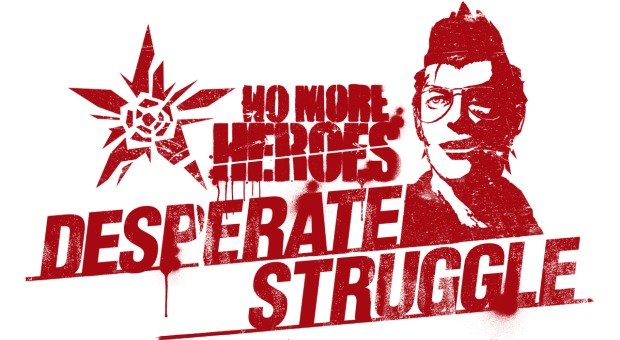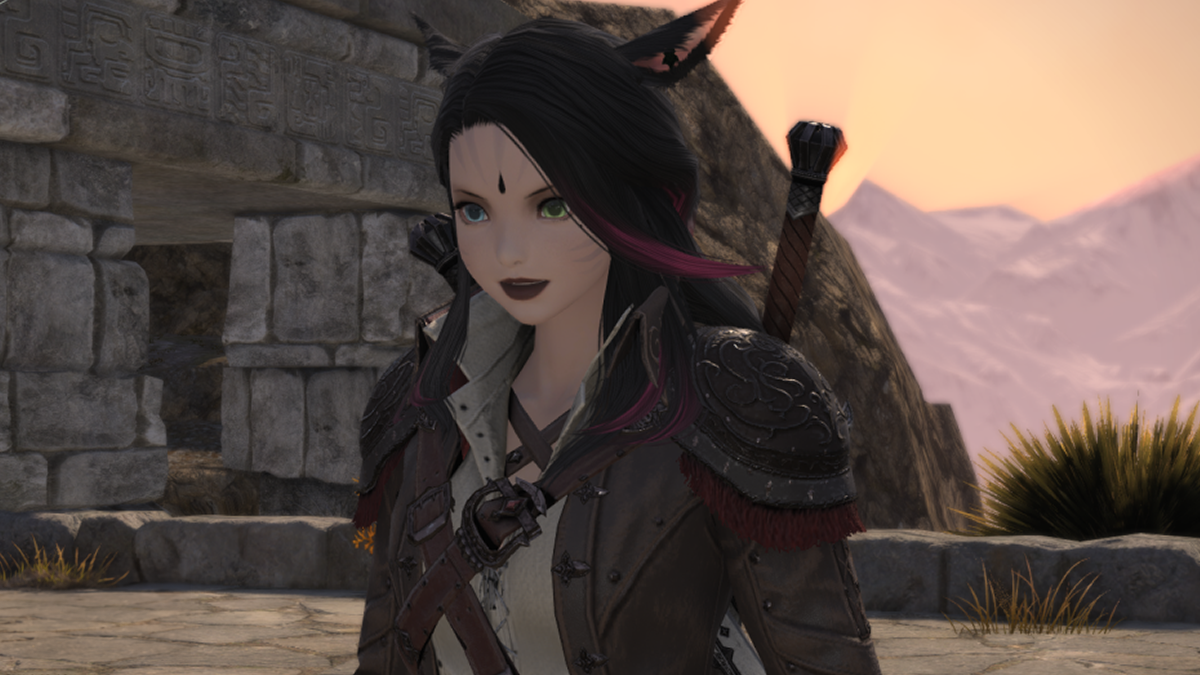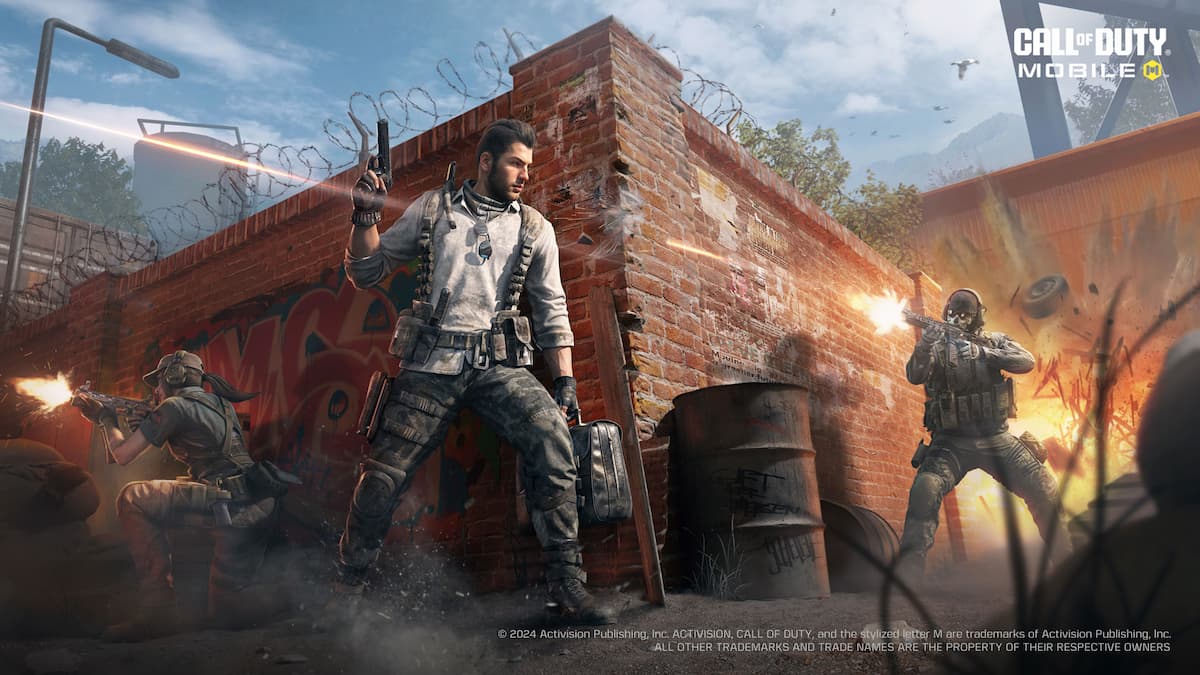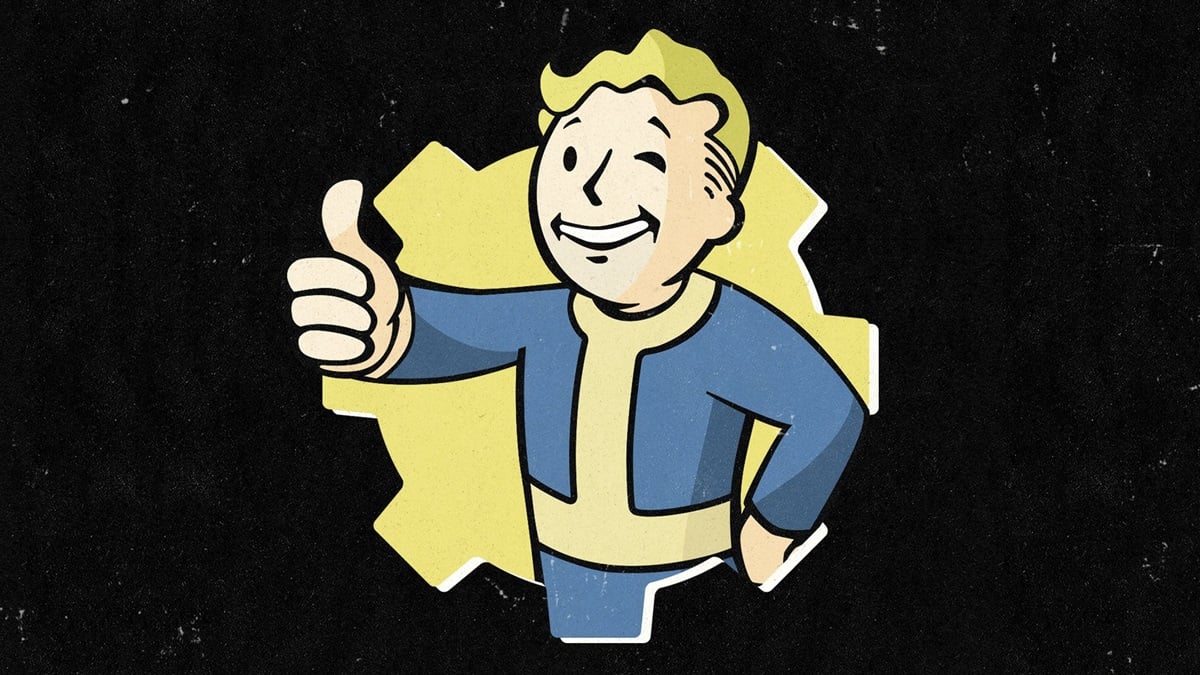When No More Heroes first came out I was flabbergasted by the game and its incredible artistic merit. BioShock had just landed and everyone was picking it apart piece by piece because of its commentary on gaming and its incredible story. I was sure that a game that was just as insightful artistically like NMH was would be discussed all over the place, and yet no one was talking about it in that way. So I wrote this; a breakdown of what I thought No More Heroes really meant.
You’ll need to read that because a lot of what I say here is based upon the theories I established in that piece. The basic conclusion I came to is that Travis Touchdown is the gamer, Santa Destroy is our world (the world of gaming) and No More Heroes is all about why and how we game. It also raises some interesting questions (that I never answered) about gameplay taking a backseat to artistic meaning.
As you know , since you just read the post, I concluded that Travis figures out that the only way to truly end the game is to leave it and the only way to leave it is to get a game over. Therefore he joins in an eternal battle he can’t win or lose and walks away from the game becoming a “no more hero.” It was one of those endings that concluded an artistic statement, and as such shouldn’t go on.
Here we are three years later and it has gone on. At first, much like BioShock getting a sequel, I was a little upset, but Suda51 and Grasshopper Manufacture have managed to create a marvelous addendum to the original that expands upon its ideas and updates its message to the brand new world of gaming that we live in now. Read on to find out what No More Heroes 2: Desperate Struggle really means.

The first thing to recognize is that while No More Heroes was really all about Travis Touchdown, and thus really only about the game and his motivations for playing games. In Desperate Struggle, this focus shifts from only being about Travis to being about Travis and his relationships. In this way Desperate Struggle not only excuses itself as a sequel by being an expansion on the original’s focused commentary, but also confronts a much larger spectrum of ideas about the world of gaming. As we will see this ranges from the rapidly changing landscape of popular gaming to the relationship gamers have with developers and themselves.
Throughout the game Travis has “relations” with a variety of different characters, and since Travis is us*, the gamer, this means that for the most part these relationships are commentaries on the relationships we gamers have with the world around us and more specifically the world of gaming itself. The greater focus on Travis’ relationships in Desperate Struggle means some changes have come about in all of his relationships. The biggest and most noticeable change in the way Travis relates to his world is his world itself. The previous game contained a Santa Destroy that Travis could ride around in and pretty much looked like a ghetto, but as the opening monologue proclaims in Desperate Struggle a lot has changed in the past three years.

Santa Destroy is now a major city, with skyscrapers and big shiny buildings. Things have gotten a little nicer. However, we don’t get to see it as Travis now travels from location to location with the use of a very bland overworld map. Battles and jobs are no longer part of a cohesive world, but are instead separate games unto themselves. Most of the boss battles take place in strikingly different areas that no one would guess were in the same city unless they were told so. We are basically given a shell and ushered into different areas that actually have very little to do with each other. We are, in a sense, playing a collection of mini-games.
Going off the premise that Travis is representing the gamer, this would mean that the new Santa Destroy represents where Suda51 sees the world of gaming. In the past three years since No More Heroes landed the landscape of gaming has changed dramatically. The new shiny buildings of Santa Destroy are the equivalent of gaming’s relatively new acceptance into popular culture. It sure looks nice, but once you dive in the realization is that there isn’t a lot of depth there. Please, remember that this isn’t a critique on the game itself and that equating it to a collection of mini-games is not an insult, but the overall statement here is very clear: the world of gaming has changed in a big way and it has lost a lot of its meaning because of it.

The lack of a full city and complete world are not the only signs that point out this new world of gaming that Travis, and thus us, find ourselves in. In the very beginning of the game continuity is thrown out the window by Travis himself. His character seems to have resorted back to the Travis in the beginning of NMH (a little wiser and more hardened, maybe) and his motivation for returning to battle is the murder of a guy who was never really a friend. It is also patently obvious in the first seven bosses, which are mostly “inspired” by other games and lack importance in a very important way.
They literally do not matter. Not to Travis (except possibly Skelter Helter as an instigator) and not to us as gamers. They are simply representatives of gaming’s varied genres and as such have been shoehorned into a stereotypical level/mini-game. The game is pointing out that this is where we are at: replications of the same genre over and over again in bite size morsels that don’t scare anyone away. Making Travis’ side jobs into 8-bit retro gaming is just another way to emphasize this as the games are the same just simplified to the nth degree. Travis, meanwhile, slices through all of these meaningless bosses without remorse or caring much as we gamers often do with the onslaught of games that come our way. This new Santa Destroy and its flood of assassins (51 according to Travis’ ranking at the beginning of the game) sure is pretty to look at, but it appears we’ve lost something very important.

This doesn’t dawn on Travis until he fights Ryuji and even more so later on, but more on that later because before Travis comes to a full understanding of where his world is at two more relationships pop up. In Desperate Struggle the player gets the chance to play as Shinobu, who has become Travis’ apprentice of sorts, and as Henry, Travis’ twin brother who has recently been unfrozen from carbonite by Travis (one of many pop culture references that again reinforce the early part of the game’s idea on where gaming sits in popular culture).
If Travis is us, who do these two represent? They represent us as well, is the simple answer. Both Shinobu and Henry are basically clones of Travis. Each has one different move that hardly changes the gameplay and each fights in order to move Travis forward in the rankings. Plus, thanks to Travis’ destruction of continuity between the two games both characters can take on a new metaphorical role. In short, they play the same and have the same goal. This not only allows women and British people to connect better to the overall character of Travis/Shinobu/Henry, but truly shows the universality of who a gamer can be. However, just because they are clones of Travis does not make their presence in the game unimportant. Both characters have become representatives of the wider range of gamer that is out there.

While Travis might represent the hardcore, action gamer out there it is a clear fact that gaming is rapidly expanding. Travis is not the only version of gamer, and since Desperate Struggle is discussing the new world of gaming we find ourselves in, the expansion of the playable characters is addressing the new ever growing population of gamers that are out there. Shinobu is now the new gamer, the player that is learning from the hardcore about why and how we game. She wants to be exactly like Travis because she sees how good he is, though he spurns her when she advances toward him. Saying something about feeling like a creepy teacher, Travis pushes Shinobu away and this is after getting very angry that she dared to take part in his game. I’m not sure a better metaphor exists for how the hardcore often treat newcomers into the world of gaming.
How dare they think they can do what we can? I’m not going to let them play with me! Travis rejects Shinobu in these ways much like we reject “casual” or new gamers. She never returns, by the way, and why should any new gamer return if they’re treated like they aren’t wanted. The sad thing is, and what the game points out so wonderfully by having the characters be clones, is that we’re all gamers. Travis was Shinobu at one point just like all gamers were new at some point, but Travis doesn’t want anything to do with her. Still, her presence in the game as a playable character makes Travis a more complete character because he now knows where he has come from even if he’s too shallow to accept it.

While that metaphor is decidedly awesome, it is Henry who truly propels the game forward and allows Travis to realize the kind of world he is in and come to some striking conclusions about it and how he wants to dictate it. If Shinobu is the newcomer then Henry is the old guard. He is Travis’ twin, but he’s the gamer that took a different path. He’s seen this before (the influx of crappy games in the early 80s and the crash of the gaming industry) and he knows what he is doing. The fact that he has been frozen for the first half of the game is representative of this kind of gamers seeming lack of voice. Once again, Travis despises him like he does Shinobu, but this time it is because Travis lacks much of what Henry has.
However, it is only when the player takes control of Henry making Henry part of the protagonist character as a whole that Travis and the game can move on. In Henry’s dream, which is Travis’ and Shinobu’s dream as well since they are all one and the same, Mimmy asks him to stay and play in her world. She does this as flashes from the previous battles play out across a TV screen. Mimmy is asking Travis/Henry/Shinobu to stay with her in the simple, glossy world of mini-games, remakes and cliche genres and not take the risk of looking at their battles (games) as something that can offer so much more. Henry is tempted, as any gamer would be by the promise of shiny fun, but rejects the offer because he knows there is more out there. Once Henry is awake he completes Travis has a character. Travis now understands his past and can see further into what his world’s future (gaming’s future) should be.
Now that we realize how all three characters actually make one whole gamer we can move back to Ryuji and Travis’ growing discomfort for how his world operates. However, this is already TL;DR and we also can’t progress past Ryuji without bringing up Sylvia, who is the most important character in the game by far and probably deserves her own post… so she’ll basically get one, tomorrow. Come back for the conclusion and find out what Travis learns, where Desperate Struggle says the world of gaming is going and what Travis’ suicidal leap at the end of the game really means.
*For most of this piece when I discuss Travis’ action I am also discussing a gamer’s action.




